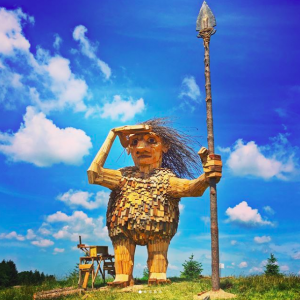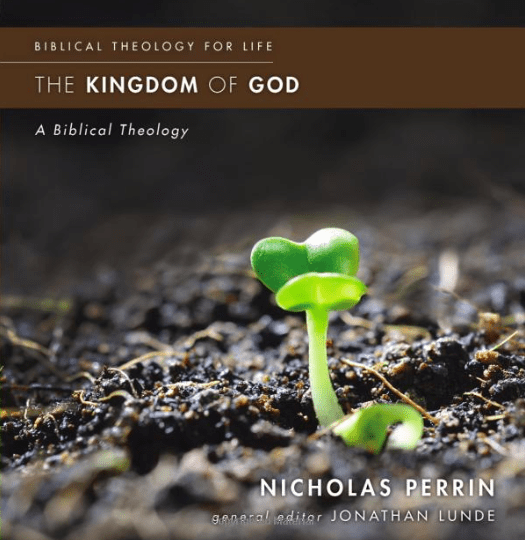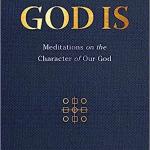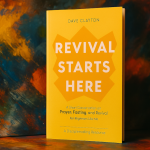 Sitting here reading Thomas E. Bergler’s new book, The Juvenilization of American Christianity , I got to thinking about how the church has changed since I was a kid growing up in America’s heartland fundamentalist Christianity. Well here’s how Bergler defines this condition: “… any way of understanding, experiencing, or practicing the Christian faith that conforms to the patterns of adolescence in American culture” (8).
Sitting here reading Thomas E. Bergler’s new book, The Juvenilization of American Christianity , I got to thinking about how the church has changed since I was a kid growing up in America’s heartland fundamentalist Christianity. Well here’s how Bergler defines this condition: “… any way of understanding, experiencing, or practicing the Christian faith that conforms to the patterns of adolescence in American culture” (8).
I drew up a list of changes, and did my best to ponder what other churches in my hometown (Lake Wobegon, of course) were like … and I hope the following list represents a fairly accurate set of characteristics and changes. This is not really a journey into nostalgia but an exercise in comparison. But here goes, in no particular order of importance:
Questions: What are the biggest changes you’ve seen? How many of the changes can be called “juvenilization”?
1. Music: we sang hymns from a hymnbook called Great Hymns of the Faith with someone directing us by waving his hands in ways that never made a lick of sense to me. And we had a choir; the choir folks wore robes. We began with a set song and finished with a Doxology (after an invitation). Most churches I have been in these days do not sing from hymnbooks; there are not many choirs. Instead, we have what is called worship bands and they are usually young people and the band always has a drum – and often there are stage lights. The bands tend to dance around a bit and hope around. No one danced or hopped when I was a kid.
2. Style: we wore our Sunday best to church, and for me that meant coat and tie with leather shoes (wing tips were the favored choice); women wore dresses and lots of women wore caps of some sort; yes, it was hot because we didn’t have air conditioning in our first sanctuary (we had fans, which gave us something to do, something to bend, something to write on). Today’s style is uniformly informal. I’ve seen pastors wear tennis shoes, no socks, shirt out, t-shirt, jeans.
3. Tradition was everywhere present; things on the wall didn’t change; the organ and piano and choir and platform and pulpit and chairs — all the same place. Same things done week after week. Every year we had a “revival” and a prophecy conference and a missionary week. Today’s approach to the service is innovation, newness is the name of the game, and one never knows quite what one will experience or see or hear.
4. My pastor prayed for everyone and everything, and he did so at length. I once counted a 20 minute pastoral prayer. I sometimes slept through the thing. Put my elbows on my knees, head on hands, and kerplunk. In the last 10 years of speaking in churches I can count on one hand the times I’ve heard a genuine, old-fashioned pastoral prayer.
5. The big difference is local and small churches have been replaced by megachurches. In my church, a visitor was noticeable and the pastor knew people by name; in megachurches long-time attenders can still be visitors and I can’t imagine that pastors even try to learn names. Megachurches are colossal enterprises with all kinds of employees and rooms and services and … well… it’s like a village and not a church. My local church had a pastor, a youth pastor, a secretary, and a janitor. One of the janitors was a big ol’ guy, about 6-8. He polished the floors and made things smell like church and cut the grass and shoveled snow.
6. My pastor preached through books, and I remember 1 Corinthians and Ephesians — but he was a Pauline guy. At night, he preached on other texts, and I don’t recall which ones. Maybe the Old Testament or the Psalms. Some of my friends went to churches that used a lectionary. Most churches I go to don’t do that anymore. They preach on topics and themes. Even when they preach on books of the Bible, they turn the series in a theme about something practical. Sermons today are more focused on application.
7. Church architecture: our church had the old shape of a basilica. It was hall-shaped: longer than wide. We all faced forward in pews. Everything faced the pulpit. We had a balcony. Sometimes we sneaked up there; it was cool to see things from a different angle. It was also easier to goof off up there. Sometimes the pastor observed our shenanigans and said something. My parents always defended the pastor’s warnings. Today more and more churches are wide and not long; they have chairs not pews; the front is a stage more than a platform. It’s not as holy as it was. At least for me. Churches today have the feel of a theater with the big screens — sometimes I’m speaking and people aren’t looking at me but at the screen. That’s weird for me. In some places they can’t really see me otherwise. That’s weird too.
8. Church in my youth smelled holy; it smells love today. There’s a difference.
9. When I was a kid church was about words: we sang words; we read words; we heard words. Today there are more images — we see the songs on a screen; we read the Bible from a screen, if we read it at all. Which reminds me: we had the public reading of Scripture as a kid. I rarely have been in a church where the leader (liturgist) reads a verse and the congregation reads one back to him (or her). The preacher can often be seen on a screen. Lots of churches don’t have a cross anywhere to be seen. Some older churches were made in the shape of a cross.
10. Overall, I think churches today have a desire to please those who are present; I don’t remember the pastor worrying about that as a kid. Maybe he did. I always felt like our pastor thought his aim was “to tell it like it is” whether folks liked it or not.
11. My youth church experience was made up of lots and lots of rules, like not dancing or smoking or drinking or having sex or getting close to it. And people talked about the moral lives of others. Today there’s a pervasive feel of freedom, but it’s more like “I’ll leave you alone if you leave me alone.”
12. This is my last one. It’s a choose-your-church world. I don’t remember thinking if we didn’t like things we could change churches when I was young. The church was stuck with us and we were stuck with that local church. We were, after all, Baptists and we weren’t about to cross the street and become Lutherans. They probably weren’t saved anyway.














